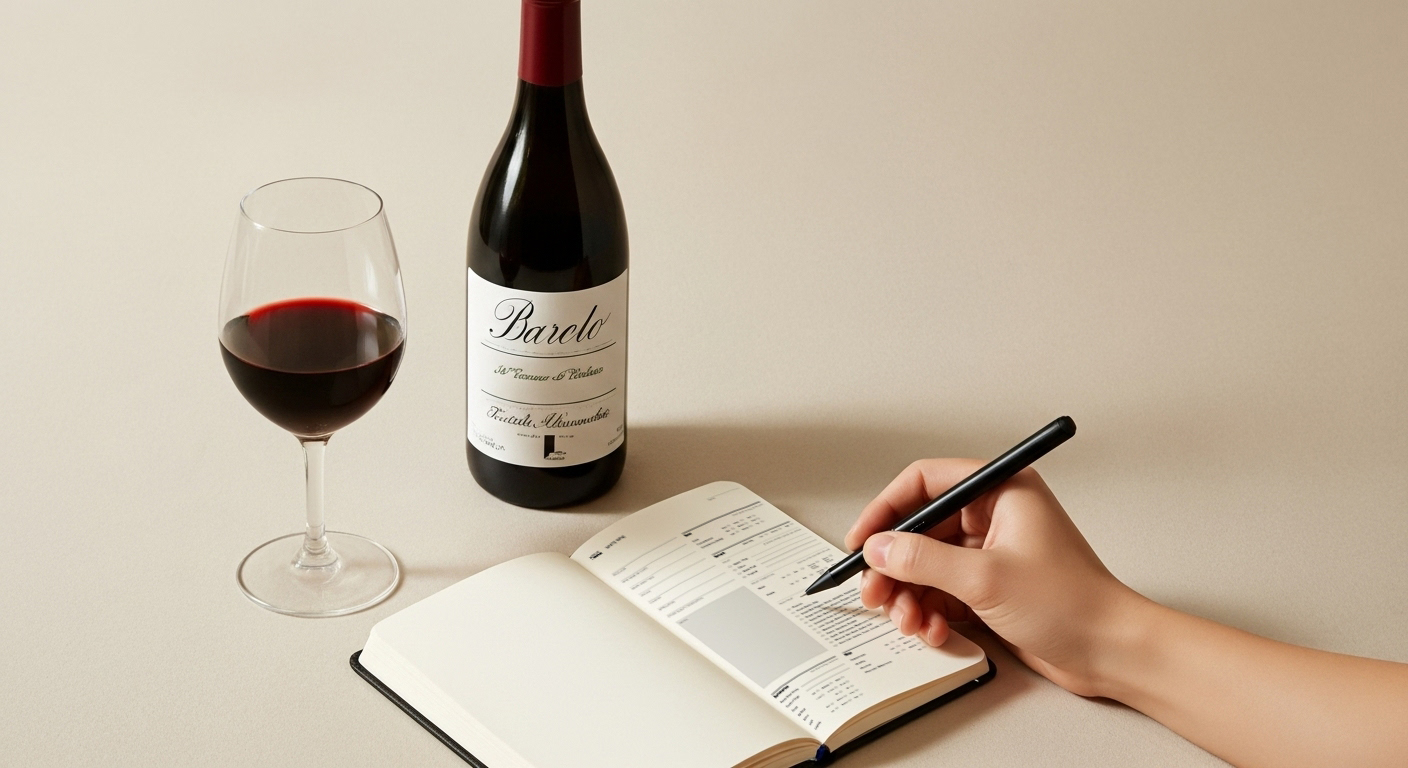

The Taste Review: What You’ve Learned This Season
Ever feel like you’ve been tasting a lot, but not sure how much you’ve actually learned?
That’s normal. Progress in wine tasting often hides in plain sight. You build skill through repetition, small insights, and the moments you recognize patterns without realizing it.
That’s why taking time to pause and review matters. This “Taste Review” is your chance to look back at the wines you’ve explored and see how your palate has changed. Think of it as a seasonal check-in — a way to notice your growth before you move forward.
What You’ll Learn Today
- How to recognize your hidden tasting progress
- A method to uncover what’s still confusing you
- A clear framework to plan your next stage of growth
1. Look Back at What You’ve Tasted
Start by reviewing your tasting notes, saved bottles, or photos from the past few months. If you’ve been consistent with comparative tastings, you’ve probably gathered more information than you realize.
Look for patterns.
Which grape varieties or regions did you return to most often?
Were there themes — like high-acid whites, bold reds, or wines from cooler climates?
This simple inventory shows how your preferences are forming. It also reveals your habits.
Maybe you’ve been exploring widely, or maybe you’ve stuck with a comfort zone. Neither is good or bad — but awareness helps you see where your palate has been and where it might go next.
2. Notice What’s Easier Now
Now compare your early notes to your most recent ones. Look for small signs of progress.
- Are your flavor descriptions more specific?
- Do your structure calls (acid, tannin, alcohol, body) feel more confident?
- Can you recognize balance or quality faster than before?
These are strong indicators that your sensory memory is improving. You’re not just remembering flavors — you’re building mental connections between cause and effect. You’ve learned, for example, that cool-climate wines usually show higher acidity, or that oak adds both texture and spice notes.
Even if you can’t always name every detail, you probably feel structure and balance more intuitively than before.
That’s real progress. It’s your palate becoming more fluent in the “language” of wine.
3. Identify What Still Confuses You
No matter how much you’ve learned, some wines still throw you off. That’s part of the process.
This is the time to name what’s still unclear.
Ask yourself:
- Which styles or regions still feel hard to pin down?
- Are there certain structures — like medium vs. medium-plus acid — that you hesitate on?
- Do sweet wines or natural wines still challenge your expectations?
Identifying your blind spots isn’t failure; it’s focus.
When you know where you struggle, you can design tastings that target those weak points. You stop tasting at random and start learning with purpose.
4. Record Your Insights and Milestones
Reflection is most valuable when it’s written down.
Use your tasting notebook to record key takeaways:
- Wines that surprised you
- Skills that improved
- Styles that still feel challenging
- A single measurable goal for next season
When you put thoughts on paper, you create a reference point for future comparisons. Six months from now, you’ll see how far you’ve come — not just in vocabulary, but in sensory awareness and confidence.
5. The Ongoing Practice of Awareness
Wine education isn’t about collecting facts. It’s about developing awareness — the ability to notice what’s in your glass, connect it to what you know, and trust what you perceive.
This seasonal review is a simple but powerful habit that turns experience into learning.
It helps you see growth that might otherwise go unnoticed, and it reminds you that wine knowledge compounds over time.
So take twenty minutes this week to sit down with your notes, reflect on what you’ve learned, and map out what’s next.
Because the more you notice, the faster you grow — and the deeper your pleasure in every glass.

